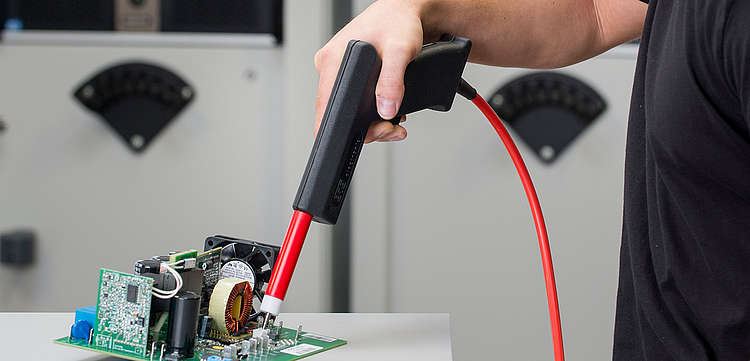Hipot Test What Is Its Use How Is It Done And How Can It Go Wrong
Several techniques tor field test underground electrical power cables are there that are classed as Type 1 Tests. What are they meant for? The objective is to detect faults in the insulation of the cable arrangement. In this way, it's service reliability can be improved by removing the faulty part and performing the appropriate repairs. Now, how are these tests usually achieved? The answer is by the use of reasonably boosted voltage all over the insulation for a given time. What are such tests classified as? The answer is a pass /fail or a go/no go sort of a test.

The Use Of DC Voltage For Overvoltage Testing
For long, high voltage DC testing has remained the traditionally recognized technique to judge whether MV cables are serviceable. DC high potential tests, also termed Hipot tests, have done well in assessing the condition of led-covered PILC cables with paper insulation. During the introduction of plastic insulation cables, DC was the favored measurement technique.
With time, plastic insulated cables increased and began revealing aging consequences and service aging. While DC remained the prevalent test, concerns grew over the efficiency of this test. Going by studies, this test doesn't damage new cables but has a detrimental impact on service age cables.
At present, most standards use the DC testing technique as an acceptance test of recently installed extruded dielectrics. However, practically all endorsed practices have stropped using DC testing for
1.Maintenance purposes.
2.Cables that have reached service age.
The Technique Of DC Hipot Testing
How does a technician trace a cable fault using the DC hipot testing? He must locate the spot where current leakages occur through the compromised insulation. For an electricity leak to happen, there must be a conductive path. Simply put, two wires must be open, or there must be a wire and some different metal. So, how is DC Hipot Insulation Resistance testing done? Voltage is raised to enable leaking or arcing amidst open wires or cables. In this way, usually missed errors are caught.
However, some reservations vis-à-vis dielectric failures must be accounted for while doing DC Hipot Insulation Resistance testing. What are they?
A DC Hipot Test On A Cable May Not Always Show The Right Result
An insulation breach that causes a dielectric failure may self-heal. Thus, there are chances of ensuing hipot tests passing. Moreover, a hipot test could vaporize trivial solder slivers that led to dielectric failures. Thus, ensuing hipot tests could again pass. The hipot test could also make these trivial solder slivers metallic sized or leave a carbon track. Thus, ensuing hipot tests are going to fail. Thus, all cables that fail a hipot test are advised to be closely examined and tested twice more.
Post Your Ad Here
Comments